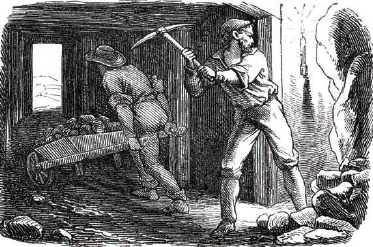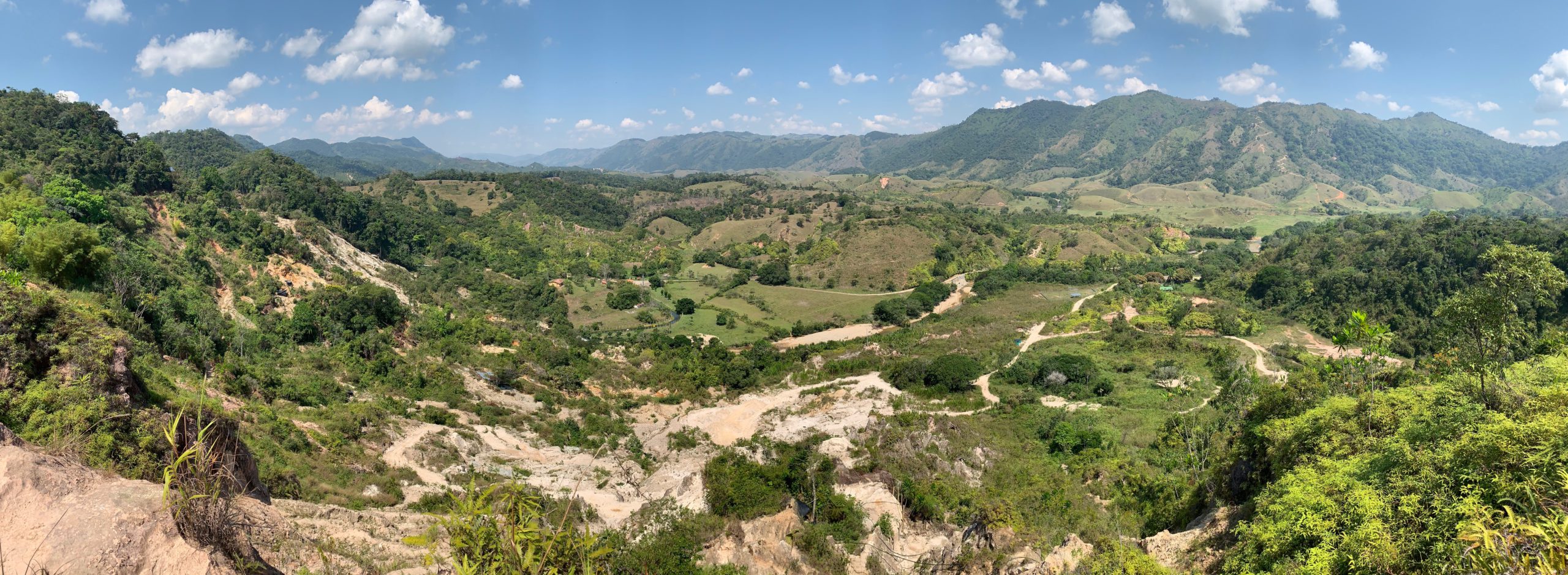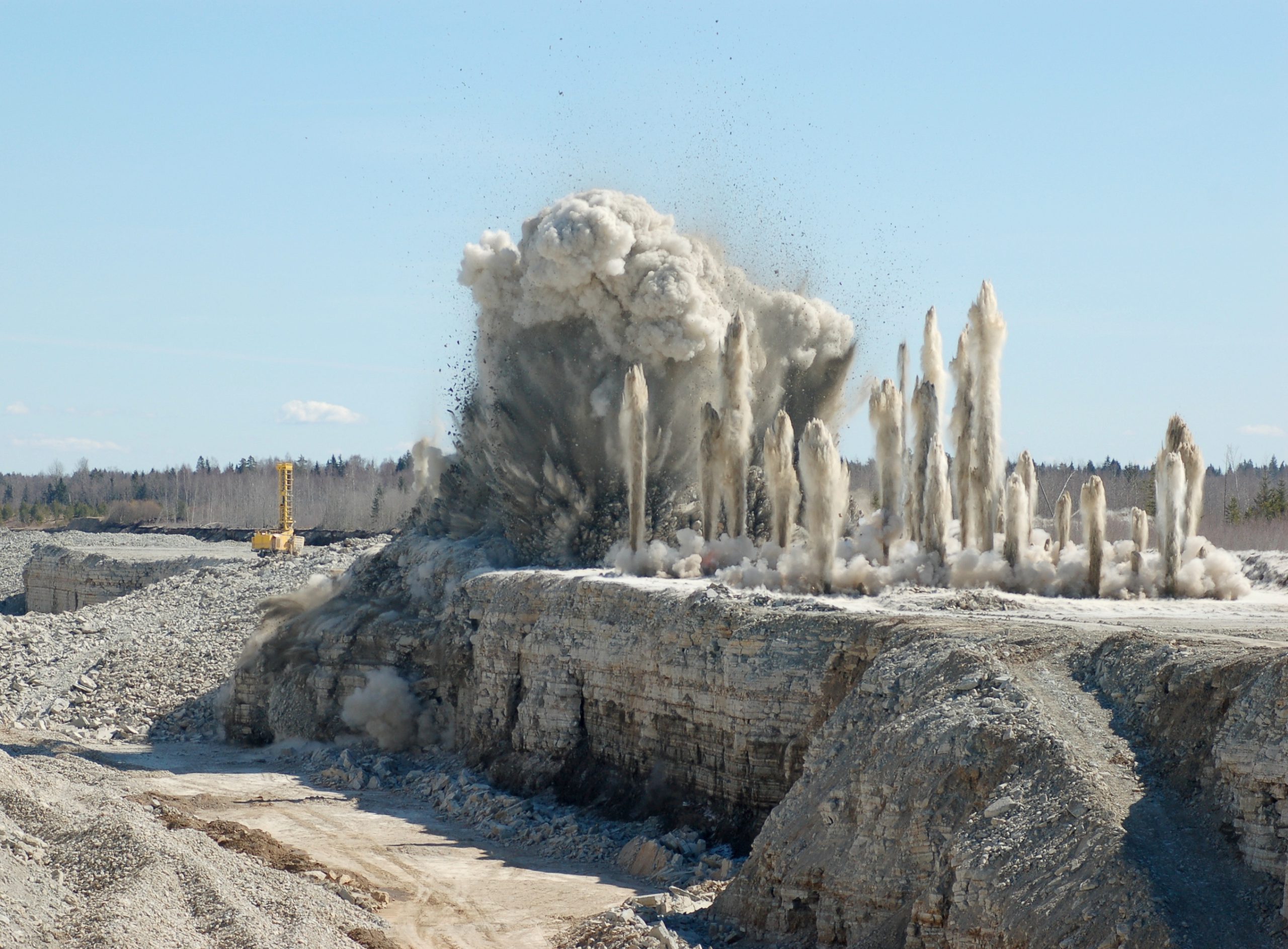Unearthing Black history in the mining industry in Canada

In recent years, Black history in Canada has received growing attention, as topics such as slavery, civil rights struggles, the origins of Canadian hip hop, and Black labour struggles finally get their due.
But what about Black people in the mining industry? In the U.S., there are several excellent full-length books on Black miners, such as Joe William Trotter’s, Coal, Class, and Color; Robert Woodrum’s Everybody was Black Down There; and Sylvia Alden Roberts’ Mining for Freedom. In Canada, there is nothing of the sort. The omission could reflect Black people’s low participation rates in the Canadian mining industry. After all, the Canadian government did everything it could to discourage Black immigration from the 1910s until the 1960s, coinciding with major periods of growth in mining activity. And for those Black people who did manage to settle in Canada, racist hiring practices and the labour movement’s exclusion of Black people produced a strict “colour line” in many workplaces.
On the other hand, we know that Black communities have existed adjacent to important mining regions in Nova Scotia and western Canada. Major questions about their historical relationship to the mining industry remain unanswered, though we do have some tantalizing historical material.
One of the earliest stories takes us all the way back to Quebec in the early 1700s. In 1729, François Poulin de Francheville, a wealthy Montreal fur trader, obtained permission from the King of France to mine iron deposits on his seigneury at Saint Maurice, near Trois-Rivières. By 1733, the Saint Maurice Forges had produced its first axes and knives, but Francheville died that year, just as the ironworks was growing into Canada’s first company town (with 300 to 400 residents) and an integrated mining and metalworks operation.
Francheville was also the owner of one of colonial Canada’s most famous enslaved people, Marie-Joseph Angélique, who had performed domestic work in his Montreal home since 1725. While it is unlikely that Angélique ever visited Saint Maurice, her work ensured that his Montreal home and his spouse, Thérèse, were cared for while he was away at the forges. After Francheville’s death in 1733, Angélique became the property of Thérèse, but petitioned for her freedom. Instead, Thérèse decided to sell Angélique, in part because of her growing rebelliousness but also to cover financial commitments at the forges. Before being sent to a new owner, Angélique was arrested for allegedly setting fire to the Francheville home on April 10, 1734, sparking a much bigger blaze that eventually consumed 45 houses along with the original Hôtel-Dieu hospital. Angélique confessed to the crime, but only after brutal torture. Her guilt or innocence remains a mystery, but she was hung and then burned in the public square in June. While her story offers many insights into slavery and resistance in Canada, it also raises many questions about the contributions of slave labour, however indirect, to some of the earliest mining operations in colonial Canada.
Black people played a much more direct role during one of Canada’s first mining booms: B. C.’s gold rushes of the 1860s. In 1858, a group of about 800 Black settlers emigrated from the San Francisco area to Victoria, frustrated at the general racism they had experienced in the U.S., but also at the arrest of a man named Archy Lee as a fugitive slave despite such an act being prohibited under California state law. Victoria’s elite, especially the Governor, James Douglas, and the editor of the British Colonist, Amor De Cosmos, initially welcomed the Black settlers. As a result, many of the newcomers found pathways to success in their new home, including in the mining industry. Two of the settlers, Peter Webster and Mifflin Gibbs, opened a very successful outfitting business for prospectors. Others headed for the mainland to find gold. One man, Charles Alexander, earned enough money during the Fraser River rush to build a house and a farm near Victoria. At Barkerville, the centre of the Cariboo gold rush, 12 Black men and one Black women, Rebecca Gibbs, held mining licences (Gibbs also became a local poet of note). Henry McDame and John Robert Giscome formed the Discovery Company with several partners in 1859, working creeks in northern B.C. with some success. The McDame Creek near Cassiar, and the Giscome Portage Trail north of Prince George, are named after the two miners, a monument to the contributions of Black people to the development of mining in B.C.
Racism did rear its ugly head at times. A dispute over a claim near Williams Creek led to a judicial decision denying the claims of the Black owners of the Davis Company. In 1858, a push from a pastor to segregate the Congregational Church in Victoria forced the Black settlers into their own church. Two years later, a riot over newly segregated seating at the Victoria opera house signalled an end to the initial period of welcome for Black newcomers. Nonetheless, gold mining offered Black settlers in B.C. a way to raise investment capital, build businesses, and in some cases purchase the freedom of enslaved people in the U.S.
Undoubtedly, the most famous story of a Black miner in Canada comes out of the tragic Springhill mine disaster in 1958. Maurice Ruddick, a descendant of enslaved Black people brought to N.S. by Loyalists after the American Revolution, was one of “miracle miners” trapped underground after a seismic “bump” caused a shaft in the No. 2 Springhill mine to collapse. Ruddick was an active performing musician in Springhill, and he sang to comfort the six co-workers he was trapped with for nine days, all the while enduring excruciating pain from a broken leg. After the rescue of the miners, Ruddick became a celebrity for propping up the spirits of the other miners. After the story spread through the international media, the Governor of Georgia, Marvin Griffin, invited the rescued miners for respite at a luxury seaside resort in his home state, but told Ruddick and his wife they would have to stay in a trailer at a different location. The contrast between the white miners’ lavish accommodations and Ruddick’s trailer was well-documented in a photographic exposé in Life Magazine. Ruddick and his story have transcended such bigoted behaviour, however. He was voted the 1958 Canadian “citizen of the year” in a Toronto Telegram poll, his story earned its own “Heritage Minute” as a significant event in Canadian history, and Beau Dixon’s play, Beneath Springhill: The Maurice Ruddick Story, has kept the story alive, touring Canadian theatres since 2015.
Much work remains for historians to fully trace the intersections between Black history and the mining industry. I am currently at the beginning stages of a new mining history project where one objective is to learn more about Black miners’ experience in Canadian coal mines. If you have any stories to share, or leads on sources, do not hesitate to contact me via email at jsandlos@mun.ca.
John Sandlos is a professor in the History Department at Memorial University of Newfoundland and the co-author (with Arn Keeling)
of “Mining Country: A History of Canada’s Mines and Miners,” published by James Lorimer and Co. in 2021.





Comments